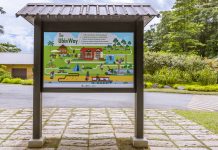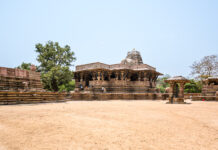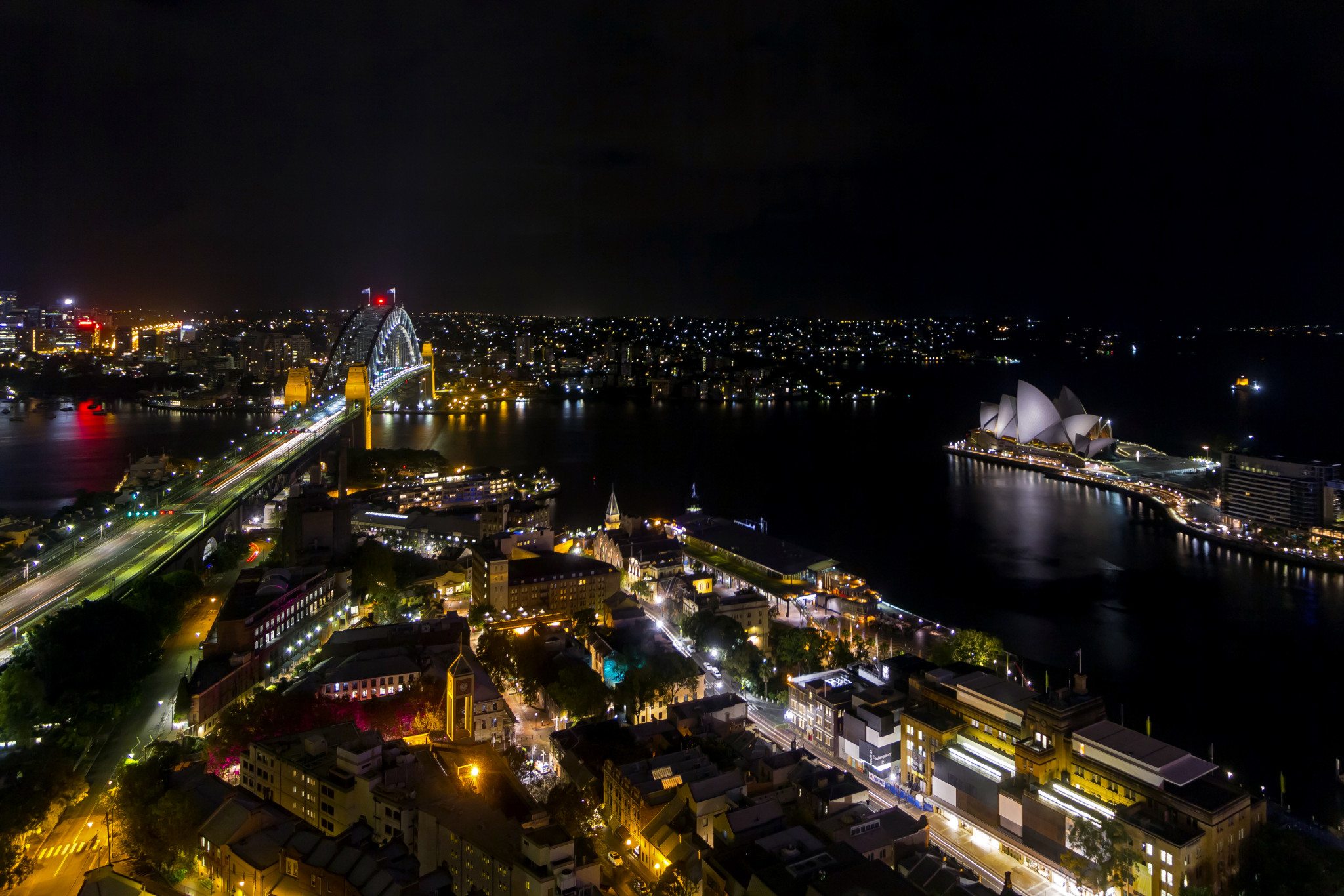Our Planet’s Landmarks Series #36
Galle Fort Galle Sri Lanka
I was on a mission to check out the UNESCO sites in Sri Lanka. I had already been around to Anuradhapura, Dambulla, Polonnaruwa, and Kandy. The next one I chose was Galle. Or the ‘Old Town of Galle and its Fortifications’, as its UNESCO listing says.

I had chosen Colombo as the base for my quest. Galle is a comfortable three and a half hour drive south from Colombo. I set out in the morning in a hired car and reached Galle a little before lunch. I am from India, a cricket-loving nation. The site that caught my eye before entering the Galle fort was the Galle Cricket Stadium. A couple of hundred metres from the seashore, the stadium was a green gem. Though not very large in its seating capacity, it is much loved by both the home and visiting teams.


A few metres inside Galle fort, I found myself on a crossroads. I realised I had to be my own guide. I spotted a lighthouse. Being a sea lover, I chose to go that way. Pristine white buildings with antique dark wood lined the clean pathways. Besides houses and restaurants, Galle High Court and a Police Station were also there. Striding across the street leading to the lighthouse, the fort wall caught my eye.

Galle Fort and its Bastions
Unlike the hill forts, the sea forts have low, thick, dam-like walls. Not high, but strong. Suited to brave the waves. Even the lighthouse is on a low bastion. If you look all around, those walls are the only signs you are in a fort. But for them, it feels like an affluent coastal neighbourhood.

The Portuguese built Galle fort in 1588. The Dutch further fortified it in the 1640s. Their view was the fort was not safe enough with walls made of mud and palisades. They erected 14 bastions of corals and granite around the 52-hectare fort. It is the largest remaining fort in South Asia built by the Europeans as colonisers.

European architecture and South Asian traditions have shaped this urban ensemble. It is a planned grid city inside the fort. Every step here was a new discovery. The multi-ethnic and multi-religious population of the fort reflects its colourful history. The statuesque Meeran Jumma Masjid was a church during the Dutch colonial time. The stables house a museum. Jewellery shops and cafes dot the area. Bookshops rub shoulders with fashion boutiques. And the erstwhile Dutch Governor’s house is the Amangalla Hotel now.

Going Around Galle Fort – Tip for Travellers
I wandered around this seaside fort and discovered its many gems. I realised the best way to explore the fort was to walk the cobbled path along its ramparts. As you finish your visit, look for the Star bastion. It is near the fort gate. There, the life-size statues of soldiers in uniform bring history to life. Before getting out, do ask around for All Saints Church. Its colonial architecture features a red and white gabled cross layout. Even in a neighbourhood chock-a-block with period buildings, it stands out.


This colonial sea fortress has a rich history. And its architecture is enough to propel it forth as our planet’s landmark. If you agree, leave a comment.





















[…] example, during my visit to Galle Fort, a colonial-era enclave, I ventured into a spice shop. The shopkeeper, used to quick transactions […]
Thanks for the link!